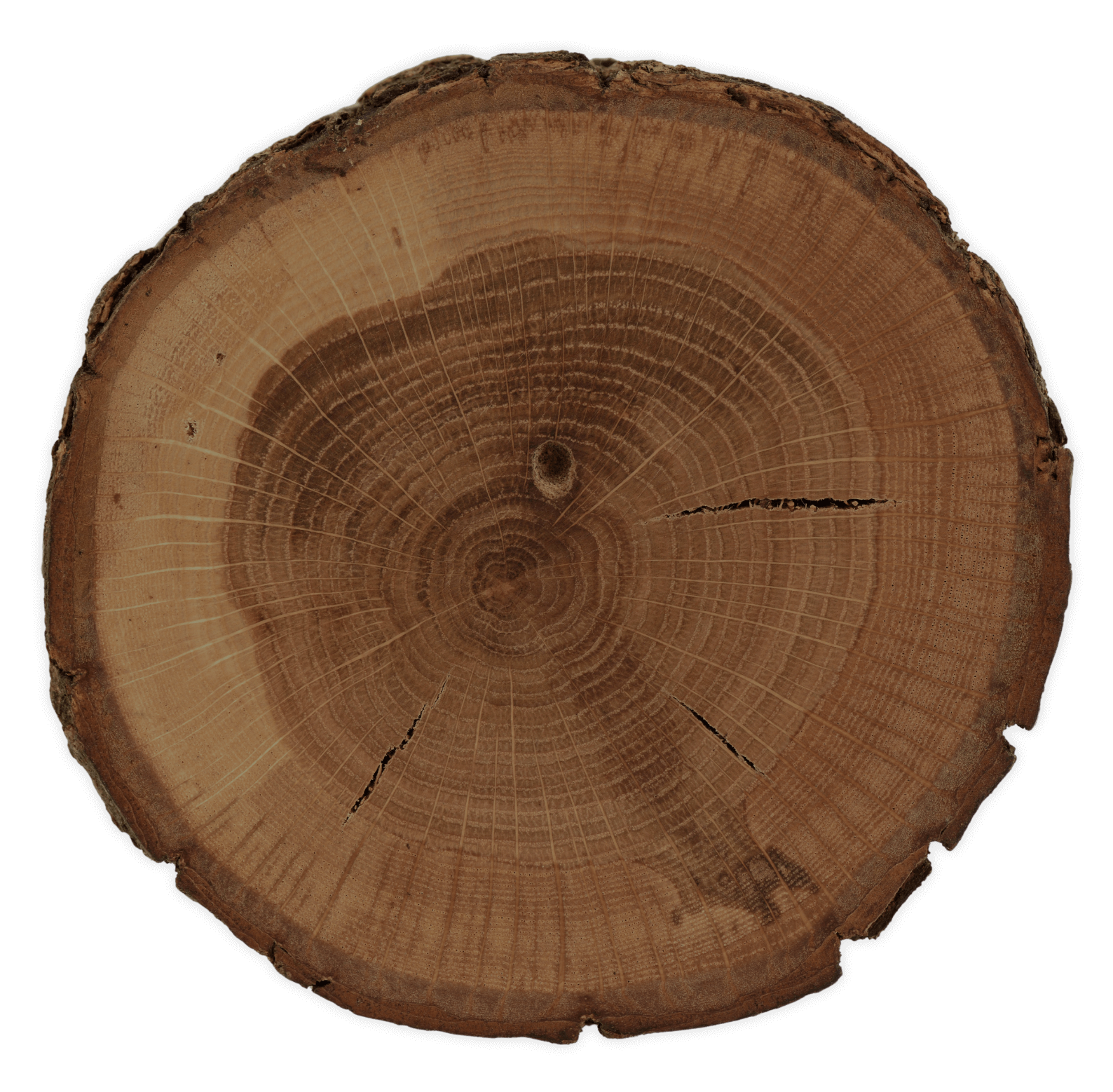Palm trees are a quintessential part of the Southwest Florida landscape, offering a tropical aesthetic and a sense of serenity. However, maintaining their beauty and health requires proper pruning techniques. In this post, we’ll guide you through the essential steps for pruning your palm trees to the standard nine and three, and explain the consequences of over-pruning. We’ll also touch on the importance of removing seed pods.
Understanding the Nine and Three Standard
The “nine and three” pruning standard refers to the ideal placement of palm fronds. Imagine the tree’s canopy as a clock face, with 12 o’clock at the top and six o’clock at the bottom. The healthiest pruning practice keeps fronds between the nine and three positions or the horizontal axis of the clock face. Here’s why:
- Health and Vitality: Fronds in this range are still contributing to the tree’s energy production through photosynthesis.
- Structural Integrity: Maintaining a full, rounded canopy helps the tree withstand strong winds, a common occurrence in Southwest Florida.
- Aesthetics: This method preserves the natural, symmetrical beauty of the palm.
Steps for Proper Pruning
- Identify Dead or Dying Fronds: Begin by identifying fronds that are yellowing, browning, or clearly dead. These are the only fronds that should be removed.
- Use the Right Tools: Use clean, sharp pruning tools to make precise cuts. This reduces the risk of damaging the tree and spreading disease.
- Cut Close, But Not Too Close: When removing a frond, cut it close to the trunk but avoid cutting into the trunk tissue. This prevents wounds that could lead to infections.
- Avoid Cutting Green Fronds: Green fronds are vital for photosynthesis. Only remove fronds that are below the nine and three positions and clearly dead or dying.
The Importance of Removing Seed Pods
Seed pods, or inflorescences, are the reproductive structures of palm trees. While they don’t harm the tree directly, there are several reasons to consider removing them:
- Prevent Mess and Pests: Seed pods can drop debris that litters the landscape and attracts pests. By removing them, you keep your garden clean and reduce the likelihood of pest infestations.
- Direct Energy to Growth: Removing seed pods allows the tree to direct more energy towards growth and maintaining healthy fronds rather than seed production.
- Safety: Mature seed pods can be heavy and pose a hazard if they fall, particularly in areas with foot traffic or near structures.
The Consequences of Over Pruning
Over pruning, or “hurricane cutting,” where too many green fronds are removed, can have severe negative effects on your palm trees:
- Nutrient Deficiency: Removing too many green fronds deprives the tree of necessary nutrients, weakening its overall health.
- Structural Weakness: A sparse canopy makes the tree more susceptible to wind damage. Instead of being streamlined, the tree can become top-heavy and more likely to break.
- Increased Vulnerability: Over-pruned trees are more susceptible to pests and diseases. Without sufficient foliage, the tree’s natural defense mechanisms are compromised.
When to Prune
The best time to prune your palm trees is during the late spring or early summer. This timing allows the tree to recover quickly during its growing season. However, always remove any dead or hazardous fronds immediately, regardless of the season, to ensure safety and tree health.
Conclusion
Proper pruning is crucial for maintaining the health, beauty, and safety of palm trees in Southwest Florida. By adhering to the nine and three standard, using the right tools, avoiding over-pruning, and managing seed pods, you can ensure your palms remain a stunning and resilient part of your landscape.
For more detailed guidance or professional pruning services, feel free to reach out to our team.
-Trevor Jessup
ISA Certified Arborist
FL-9604A
SOURCES
https://blogs.ifas.ufl.edu/orangeco/2022/11/02/proper-palm-pruning/
